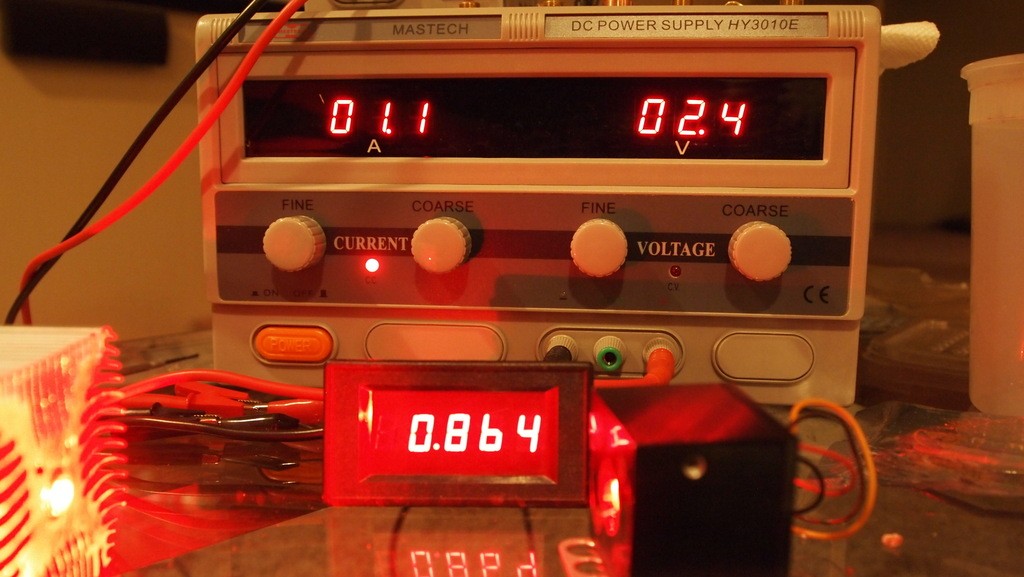- Joined
- May 14, 2013
- Messages
- 3,438
- Points
- 0
Re: 638 700mw build beam shots added
Yes that last photo answers the question I PMd you about, thanks.
Alan
Yes that last photo answers the question I PMd you about, thanks.
Alan

Follow along with the video below to see how to install our site as a web app on your home screen.
Note: This feature may not be available in some browsers.



O. so 1.1A*4.7V=4.07W
I thought current times voltage is watts
O. so 1.1A*4.7V=4.07W
It makes more sense now. I thought that the power in the circuit had to be the same power rating of the diode. and im terrible at math
It makes more sense now. I thought that the power in the circuit had to be the same power rating of the diode. and im terrible at math
O. so 1.1A*4.7V=4.07W

It makes more sense now. I thought that the power in the circuit had to be the same power rating of the diode. and im terrible at math
thanks for the help guys. now I have a better understanding of how light energy and electrical energy work together in the system

